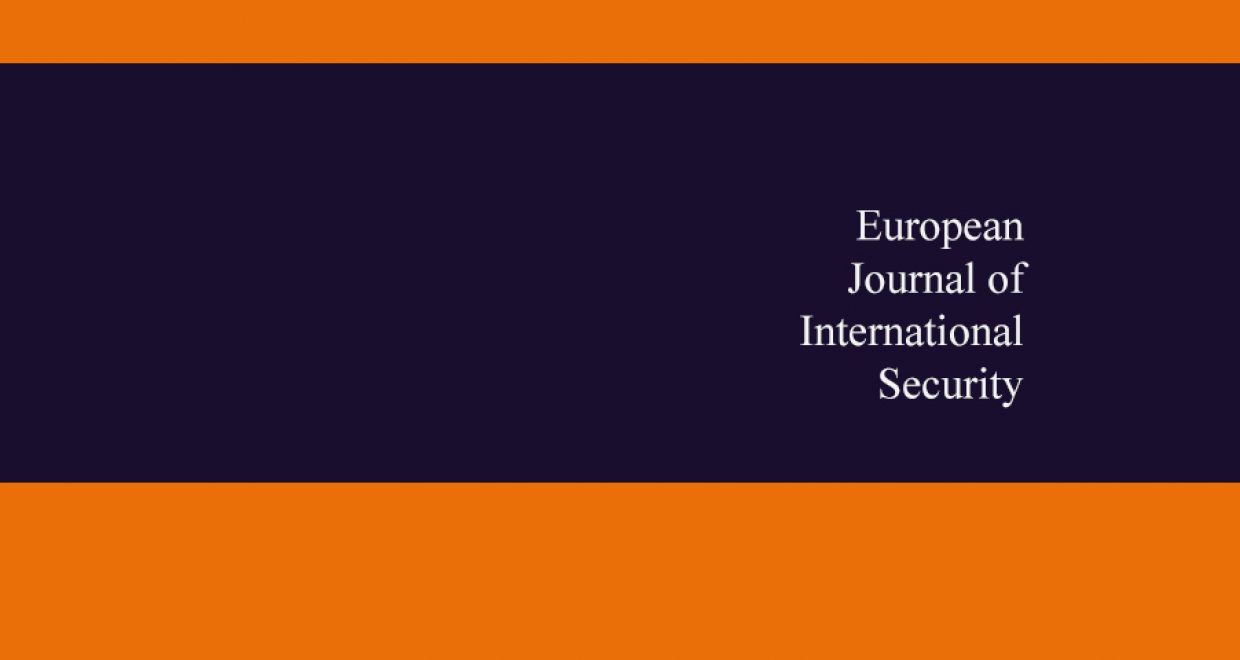Women, Peace and Security After Europe’s ‘Refugee Crisis’
Drawing upon their article in vol.5, no.2 of the European Journal of International Security, Aiko Holvikivi and Audrey Reeves explore how the Women, Peace and Security agenda has broadened to make space for women in conflict zones and also for refugee women in Europe’s borderlands.
Launched in 2000 through UN Security Council Resolution 1325, the Women, Peace and Security (WPS) agenda is a dynamic, fast-growing and globalizing ecosystem of national and international legislation, policies, and advocacy efforts. This agenda has successfully drawn attention to the conflict-affected woman as a subject worthy of attention, inclusion, and protection in matters of peace and security. However, it has drawn on and constructed an archetypical figure of this woman as the woman-in-conflict, imagined to be reliably located in a conventionally defined conflict zone. This understanding of the conflict-affected woman as geographically static leaves little room for consideration of women who flee conflict and seek refuge far away from conflict zones.
Since 2015, this framing sits increasingly uncomfortably with the rising number of women and girls who have flown Syria, Iraq, Afghanistan, and other war zones and attempted a perilous and often deadly journey to reach Europe through the sea or surrounding countries in the Mediterranean area. While the presence of asylum seekers at Europe’s borders is not new, conflicts in recent years increased the number of forcibly displaced people, the proportion of women among them, and levels of insecurity experienced during displacement. The hardening of Europe’s borders has made refugee women increasingly reliant on smugglers, rendering them vulnerable to abuse. Sexual violence has been documented in refugee camps across Europe’s borders. Gender-specific forms of vulnerability are often not recognised by gender-blind asylum laws, and are exacerbated by policies delaying or hampering family reunification. We suggest therefore that prevalent understandings of conflict-affected women should be broadened to better attend to the trauma of displacement and to the intense insecurity experienced at Europe’s borders. In providing this re-conceptualisation of a ‘conflict-affected woman on the move,’ we posit that conflict-affectedness is not only a property that attaches to geographic zones, but also to bodies and to lives.
Our article in the European Journal of International Security examines how the remit of the WPS agenda has broadened to make space not only for women in conflict zones but also for refugee women in Europe’s borderlands. A minority of European states now attend, in their WPS policy, to women forcibly displaced at their borders. These states explicitly construct the conflict-affected woman as a subject of concern even after she leaves the war zone and journeys toward or within Europe. The terms on which she is included typically invoke the need to protect refugee women and girls from gender-based violence. While such protection legitimately draws attention to the insecurity of asylum seekers at the borders of Europe, it nonetheless misses the ground-breaking insistence of the WPS agenda: that protection of women’s human rights should be paired with women’s active participation in all matters relating to peace and security. Unfortunately, only a handful of European countries use their WPS policy to mandate consulting with refugee women about their priorities or enabling their participation in decision-making. When policies focus only on protection, they problematically portray Europe as the heroic protector of brown women from brown men, evoking well-rehearsed colonial tropes, and obscuring the responsibility of European states in creating some of the insecurity experienced by women and girl refugees in the first place.
We also critically interrogate why refugees often remain excluded from WPS policy in Europe. In the majority of European states’ policy on WPS, refugee women in Europe or at its borders remain absent and invisible. These states typically justify the exclusion of questions of forced displacement in the host country on the grounds that WPS should be understood as a foreign policy area. This is nonetheless a distinctly European approach. Outside of Europe, it is very common for questions of asylum, migration, and forced displacement to be included in the WPS policy, alongside other domestic commitments. We suggest that Europe’s greater tendency to produce outwardly oriented WPS policy relies on and reproduces two problematic assumptions: that Europe is peaceful; and that Europe is gender-progressive. In contrast, the insecurity faced by conflict-affected women at the borders of Europe reminds us that severe shortcomings remain. Framing WPS as strictly foreign policy, and excluding conflict-affected women on the move from its remit, is thus a construction that mainly serves to obscure European states’ failure to perform their idealized selves: the peace-loving protector of vulnerable women. Obscuring these failures is itself a way of hardening borders between Europe and the rest of the world and reproducing imperial hierarchies.
– Aiko Holvikivi, London School of Economics and Political Science Centre for Women, Peace and Security.
– Audrey Reeves, Virginia Tech.
– The authors’ EJIS article is available free of charge until the end of September 2020.






